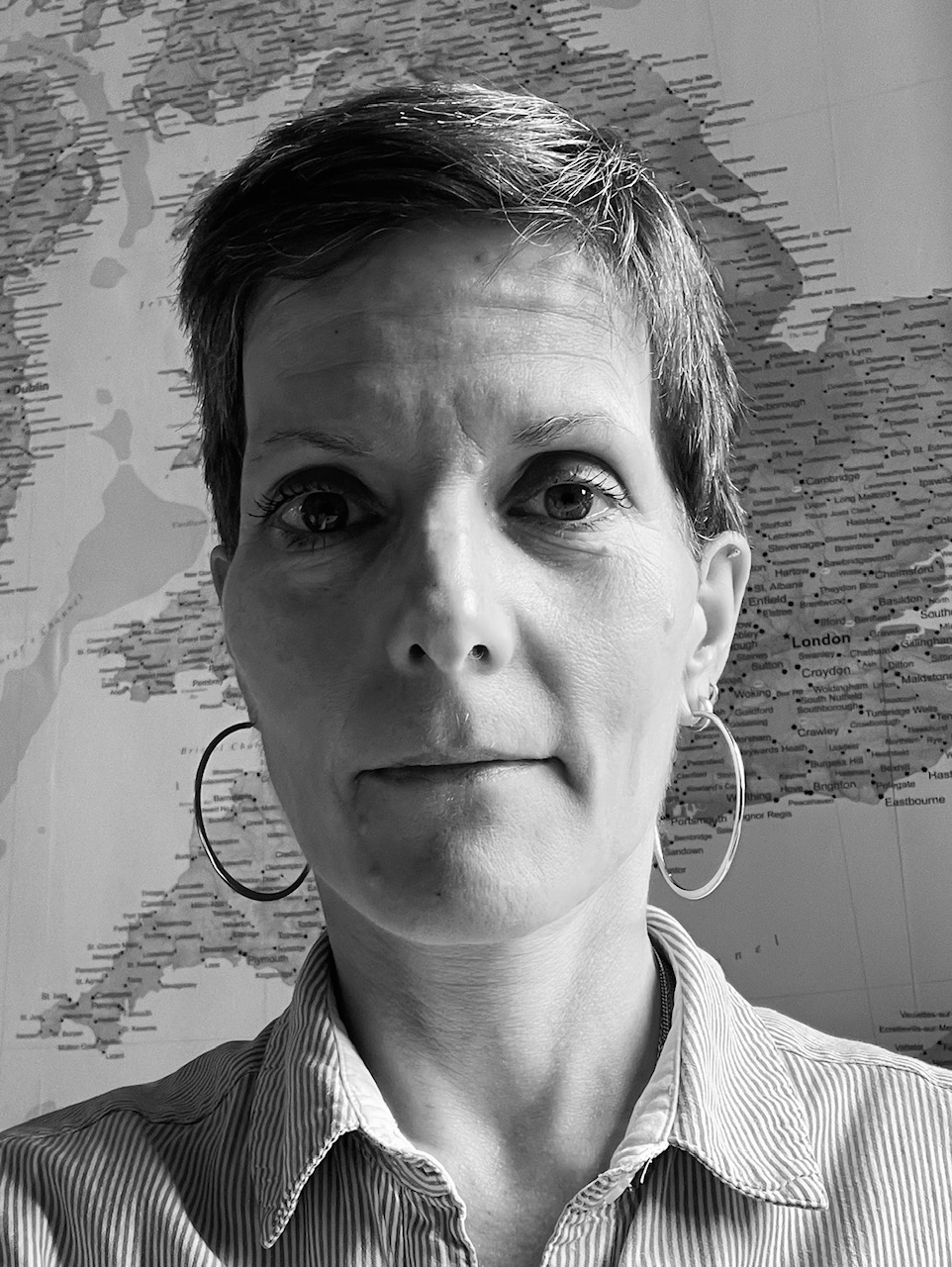Bessel Van Der Kolk is a leading trauma specialist and The Body Keeps The Score is his latest brilliant synthesis of contemporary thinking about the impact of trauma on the body and mind - drawing research and experience from his own clinic, neuroscience, psychiatry, history, and thinking from the fields of psychotherapy and psychology. He makes a powerful case for re-considering many diagnostic labels that dominate the US psychiatric field and to a lesser extent over here , arguing that the root of many people's distress is actually one of trauma, rather than a 'disorder' preferred by psychiatric manuals. This could be trauma from parental abuse, neglect or extreme poverty and conflict - or trauma from war, accidents or loss.
Clinically, trauma causes immense suffering and needs a profound treatment. If you feel like you can re-live a horrid experience from the past, with all that that entails in mind and body - this is unresolved trauma: 'The essence of trauma is that it is overwhelming, unbelievable and unbearable...people live with a dual reality: of a relatively secure and predictable present that lives side by side with a ruinous, ever present past.' Trauma presents in every therapist's practice, and treatment is more hopeful than perhaps some had imagined. Van de Kolk believes it is possible to thrive after extreme traumas - a heartening conclusion.
While the virtue of talking therapies for trauma are discussed in the book, Van Der Kolk presents a watertight case for every therapist working with trauma to work with the body too. It's worth considering this if you are seeking treatment. The body stores trauma even more reliably than the mind - as the title of the book suggests. While memories can get broken up and confused, the body records the threat or threats it originally experienced, replaying it again and again until healing is achieved: the fight or flight response is re-engaged and can be completely flooding for some - accounting for panic attacks, numbness, racing hearts, sweating, or even out of body experiences. The suggested pathways to recovery in the book are varied, but suggestive of anything that includes more than talking alone: theatre work, EMDR, yoga and biofeedback included. Many of his clinical vignettes are very inspiring in their depth of healing.



